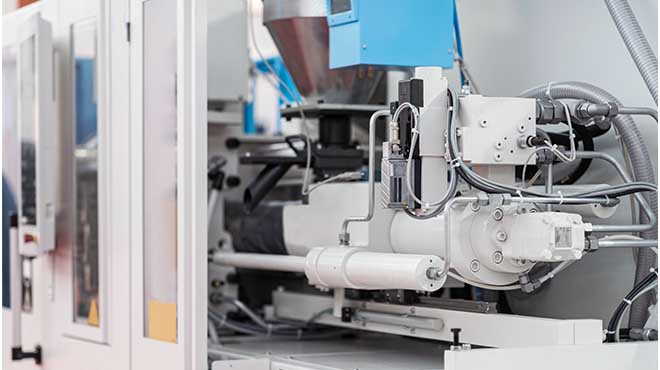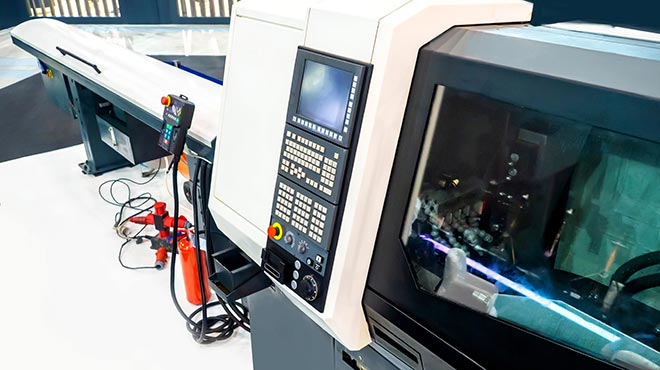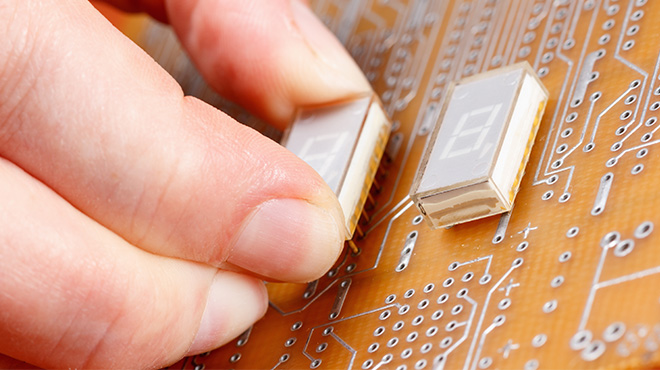1 min read
Density & porosity in additive manufacturing: An in-depth understanding
What awaits you here: Introduction The interaction of density and porosity Influencing factors and control Quality assurance through automated...
3 min read
Philipp Prüße : 03.06.2024

Ceramic injection moulding is an extremely versatile manufacturing method that is used in various industries. Alongside MIM, it is a widespread process in metal processing. It enables the production of complex geometries and is used in the medical technology, electronics and automotive industries. In this article, we will look at the basics of ceramic injection moulding and examine the importance of measuring the density of injection-moulded components.
In ceramic injection moulding, liquid ceramic materials are injected into moulds and then cured to produce precise, high-quality components with smooth surfaces and high density. To achieve optimum results, the design of the moulds, the selection of raw materials and the process parameters such as injection speed, temperature and pressure must be carefully optimised. The right balance between production speed, quality and cost is crucial for a functioning process.
Ceramic injection moulding offers a number of advantages. It enables the production of complex moulds and is used in sectors such as the automotive and electronics industries as well as medical technology. With this method, large quantities can be produced in a short time and cost savings can be achieved. However, there are also some disadvantages, such as the high cost of machinery and investment in customised moulds, as well as the difficulty of joining different materials together. Nevertheless, the advantages of ceramic injection moulding outweigh the disadvantages and make it a popular process.
An important application for ceramic injection moulding is in the production of components for the electronics and automotive industries as well as in medical technology. These industries have high requirements for precisely manufactured, complex components with high strength and temperature resistance. The ability to combine different materials also opens up new fields of application such as the production of sensors or optical components. Ceramic injection moulding is therefore an established process among modern manufacturing technologies.
Various materials and mixtures are available for the injection moulding of ceramics, depending on the requirements of the end product. For use in the injection moulding process, the ceramic powder is mixed with a binder system, for example thermoplastic polymer resin, and fed to the injection moulding system as granulate. The homogeneity of the feedstock is already of great importance for the subsequent process steps. In terms of machine types, a distinction is made between hydraulic, electric and manual injection moulding machines, which can be selected depending on the size, complexity of the components and desired production capacities.
An important phase in ceramic injection moulding is the density measurement of the injection-moulded components. Density is a decisive parameter for the quality and functionality of the end products. A high density ensures good strength, hardness and resistance to thermal and chemical influences. There are various methods for measuring the density of injection-moulded ceramic components, including the Archimedes method, the helium pycnometer method and X-ray computed tomography (CT). Each method has its advantages and disadvantages and should be selected according to the specific requirements.
The choice of the appropriate density measurement method depends on various factors, including part geometry, size, surface finish and the desired accuracy requirements. Each method has its own advantages and limitations, so it is important to select the correct method according to the specific requirements.
The Archimedes method for determining density is considered highly reliable and accurate when used correctly. It is recognised as having high accuracy.
The use of density measurements in the ceramic injection moulding process enables comprehensive quality control and monitoring of production. The density provides information about process fluctuations and indicates when intervention is necessary. By optimising the injection moulding parameters based on regular density measurements, manufacturers can ensure that the components produced meet the desired requirements. This ensures the production of high-quality components for various industries.
In summary, ceramic injection moulding is a versatile manufacturing method that enables complex ceramic components with high density and precise geometry. Combined with suitable automated density measurement methods such as Dimensionics Density, it ensures effective quality control and enables manufacturers to produce high-quality components for a variety of industries. Through continuous improvement and innovation in this field, ceramic injection moulding will continue to play a significant role in modern manufacturing technology.
Would you like to find out more about our automatic density measurements using the CIM process? Arrange a personal appointment with our experts and find out how the use of our machines can make your production more efficient and cost-effective. Contact us now and be part of the future of modern manufacturing technology!

1 min read
What awaits you here: Introduction The interaction of density and porosity Influencing factors and control Quality assurance through automated...

The production of high-quality components is of crucial importance in many industries, whether in the automotive industry, medical technology or...

2 min read
What awaits you here: What is technical ceramic? Properties and advantages of technical ceramics Areas of application for technical ceramics ...